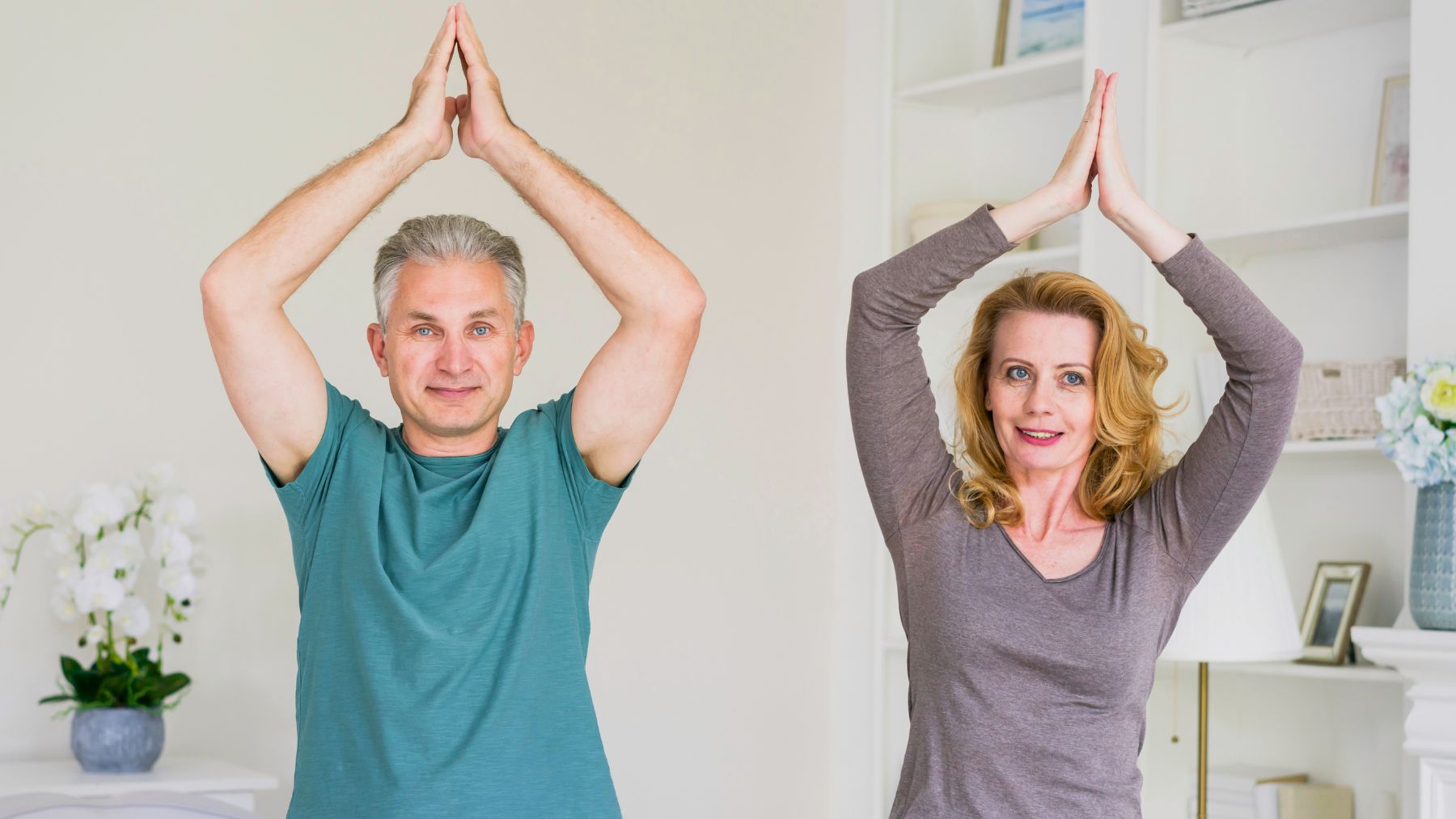How well you move says a lot about how well you’re aging. Doctors who study geriatric health point to simple fitness tests as powerful predictors of longevity. One test in particular has earned attention for its ability to reveal whether your body is keeping up with time.
Known as the Timed Up and Go test, or TUG, this short assessment doesn’t require special equipment, yet it offers great insight into your balance, mobility, and fall risk. Here, we’ll look at how it works, what your results mean, and practical ways older adults can improve stability and independence.
The Timed Up and Go test
The Timed Up and Go test has been widely studied in geriatrics because it’s quick, safe, and effective at predicting fall risk. Falls are the leading cause of injury-related deaths in adults over 65, so this test is a valuable tool for spotting problems early.
The test is straightforward. You sit in a standard armchair, stand up on cue, walk 10 feet at your normal pace, turn around, walk back, and sit down again. With a stopwatch, you track the total time.
Research shows that completing the task in less than 12 seconds suggests good mobility and a lower risk of falling. Longer times may point to balance challenges, muscle weakness, or slowed reaction times, all of which can raise the likelihood of accidents. A 2017 study found that older adults with slower TUG times faced a significantly higher risk of death within 12 years compared to those who moved more quickly.
What makes this test so valuable is its connection to real-life function. It involves everyday actions like getting up from a chair, turning, and walking short distances. If you struggle during the TUG, you may also struggle with daily activities such as getting to the bathroom in time or navigating stairs safely. That’s why geriatric specialists often use it as a first check on aging health.
How seniors can improve balance
If your TUG results suggest room for improvement, the good news is that balance, mobility, and strength can all be trained. Doctors emphasize that consistent physical activity is one of the best ways to protect independence and lower fall risk. Here are some options that can help:
- Strength training: Light weights, resistance bands, or even bodyweight exercises like squats help you build muscle mass.
- Walking routines: Regular walks improve endurance and cardiovascular health while strengthening the lower body.
- Tai chi: This slow, controlled practice has been shown in studies to improve balance and coordination while reducing stress.
- Yoga: Gentle poses enhance flexibility, posture, and stability. Many studios offer classes tailored for seniors.
- Balance drills: Simple moves like standing on one leg while holding a chair for support can train the nervous system to respond more quickly to shifts in position.
- Stair climbing: Using stairs regularly builds leg strength and coordination, both essential for stability.
Practicing any of these activities regularly can translate into better TUG times and, more importantly, greater confidence in everyday life. The Timed Up and Go test offers a quick way to see where you stand today, while balance-focused routines give you the tools to age on your own terms.

